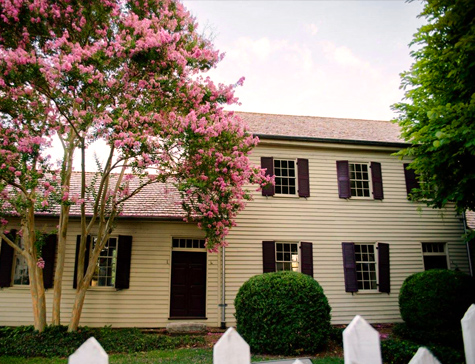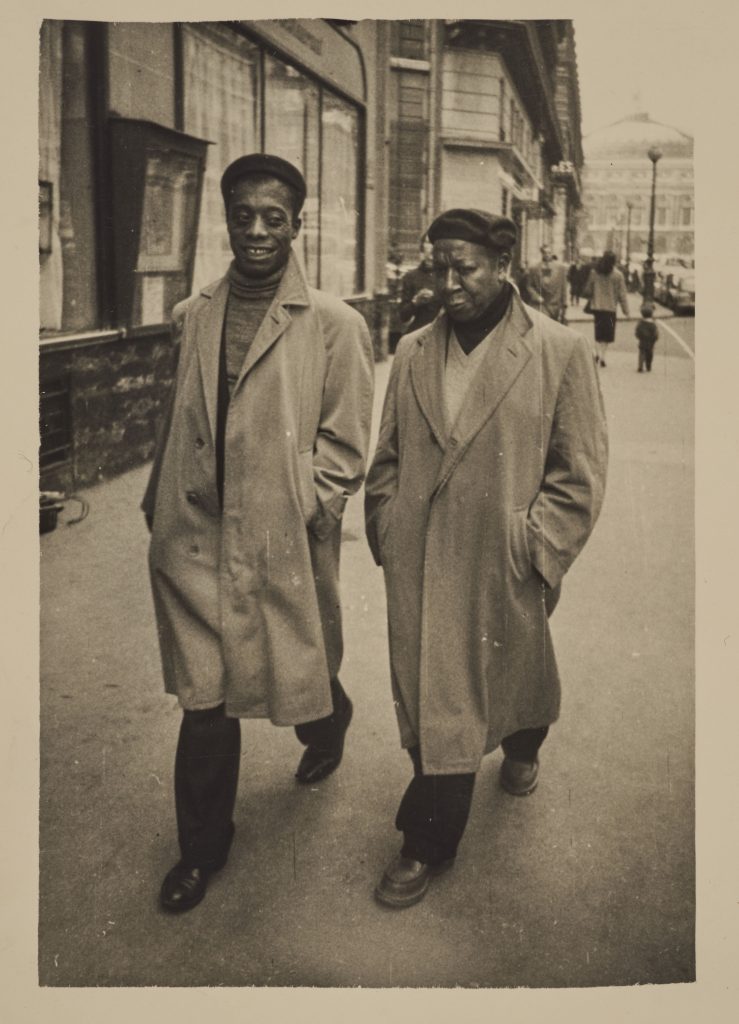Happy 230th anniversary, Knox County! Gov. William Blount created Knox County on June 11, 1792, from parts of Greene and Hawkins counties. Named for American Revolutionary War General Henry Knox, it was, at the time, much larger than it currently is. Parts of it splintered off to become Blount County in 1795, Anderson and Roane in 1801 and Union in 1850. If you’re interested in standing in the path of some of the county’s history, consider dropping by one of these sites:
On the Sequoyah Greenway in Cherokee Boulevard, stand atop a mound constructed by Native Americans between 900 and 1100 A.D. as a burial mound. A second mound can be seen behind the UT College of Veterinary Medicine on Joe Johnson Drive.

On Hill Avenue downtown, drop by Blount Mansion, built the same year Knox County was formed. It was both William Blount’s home and capitol of the Territory South of the River Ohio. Blount was a delegate to the Constitutional Convention of 1787 and signed the Constitution of the United States.
Knoxville’s first parade was likely held on July 4, 1793, when newly arrived Federal troops paraded along Gay Street and fired a cannon on the grounds of the Federal Blockhouse. Gay Street has remained the city’s traditional parade route.
The property that now houses the Duncan School of Law on Summit Hill has had several incarnations. It began as the Tennessee School for the Deaf from 1846 to 1924, and it served as a hospital for first Confederate and then Federal forces during the Civil War. Later it became Knoxville City Hall.

Within Admiral Farragut Park in Farragut is a historical marker commemorating the birthplace of David Farragut. He was born in 1801 (his father was a sea captain from Spain), and when his mother died in 1808, David’s childhood ended. He was commissioned a midshipman in the U.S. Navy in 1810 (yes, at age 9) and saw combat in the War of 1812. Much later, he was a Union admiral during the Civil War and spoke those famous words “Damn the torpedoes! Full speed ahead!”
Stroll along Vine Street and walk in the footsteps of artist Beauford Delaney, who was born on East Vine in 1901. As a teen he found work as a sign painter and impressed artist Lloyd Branson, who offered him lessons in exchange for help in his studio. Delaney later studied in Boston, then lived in New York and eventually moved to Paris, where he died in 1979.
Knoxville’s first Market House, opened on Main Avenue between Walnut and Market Streets in 1816. It moved to what’s now Market Square in 1854, where local farmers sold their products. During the Civil War it housed a Federal powder magazine. It was replaced by Market Square Mall in 1961.
At a small store on Market Square, Knoxville record merchant Sam Morrison helped launch Elvis Presley’s career. Morrison promoted Elvis’s That’s All Right, Mama by playing it on loudspeakers to the public on the square. Hundreds of copies sold, including to an RCA talent scout. Several months later, RCA bought Elvis’ contract with Sun Studios in Memphis.

Comments are closed.